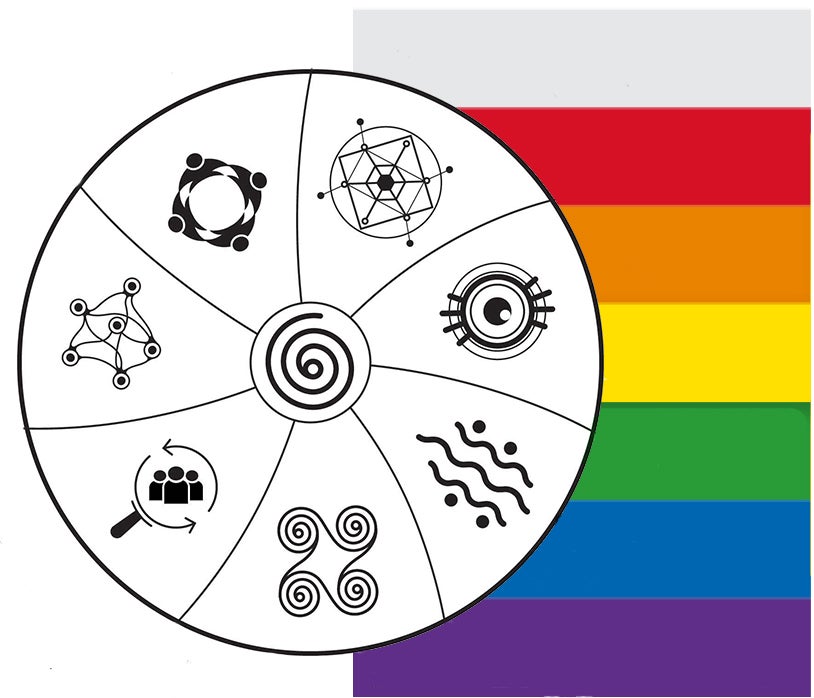This article identifies four common problems in experimental design (randomised control trials) type of evaluations of HIV/AIDS behaviour change interventions. These are:
The Evaluating C4D Resource Hub sits within BetterEvaluation and houses a growing collection of the available guides, toolkits, tools and methods to use for research monitoring and evaluation (R,M&E) of Communication for Development (C4D) initiatives. The Hub is structured around two combined frameworks:

The BetterEvaluation Rainbow Framework (represented by the rainbows) is a structure. It organises the practical tasks into seven categories or 'clusters' and provides options.
While the resource recommendation below discusses the resource specifically in relation to its usefulness for evaluating C4D within the Evaluating C4D Resource Hub's C4D Framework, this resource may also be of use for people working in other contexts and with different frameworks.
Authors and their affiliation
Charles Abraham, Blair Johnson, Marijin de Bruin and Aleksandra LuszczynskaYear of publication
2016
Type of resource
Discussion paper
Key features
The article doesn't just outline the problems, it also includes discussions about how the problems can be overcome.
Who is this resource useful for?
- Researchers
- Evaluators
- Communication for Development pracitioners
- Program Officers, especially those working in HIV/AIDS prevention
- Consultants
How have you used or intend on using this resource?
This resource has been identified as particularly useful for evaluating of communication for development (C4D), especially C4D initiatives that include behaviour change objectives. It was identified as part of a research project in collaboration with UNICEF C4D, which had a specific interest in HIV/AIDS program areas.
Why would you recommend it to other people?
This article would be valuable for teams exploring options for investigating causal attribution and contribution who may be considering using experimental designs (randomised control trials) to assess the impacts of a program on behaviour change. It provides information on common problems and weaknesses in reports of this kind. This example is consistent with the C4D Evaluation Framework in the following ways:
- accountable: understanding what is required for transparent reporting and rigour in particular methods is an important part of being accountable
On the other hand, the C4D Evaluation Framework would suggest the need to reflect the following issues when considering using an experimental design:
- complexity: as with all experimental and quasi-experimental designs, this creation of a counterfactual in the design of the research initiative required standardised implementation, and therefore did not allow the flexibility for adaptive and emergent approaches to C4D to be used.
- participatory: experimental and quasi-experimental designs are generally not associated with participatory approaches, due to the need for standardisation and specific technical expertise.
Sources
Abraham, C., Johnson, B.T., de Bruin, M. and Luszczynska, A., 2014. Enhancing reporting of behavior change intervention evaluations. JAIDS Journal of Acquired Immune Deficiency Syndromes, 66, pp.S293-S299. Vancouver